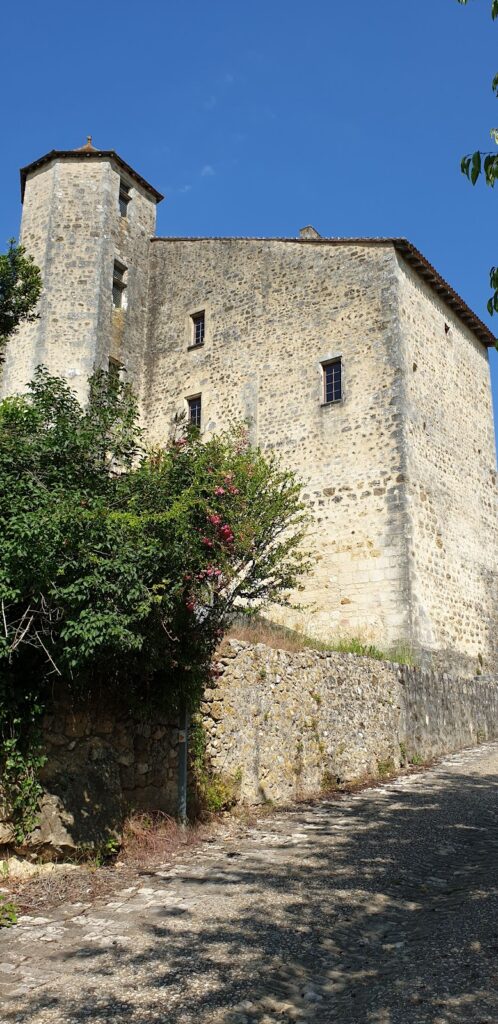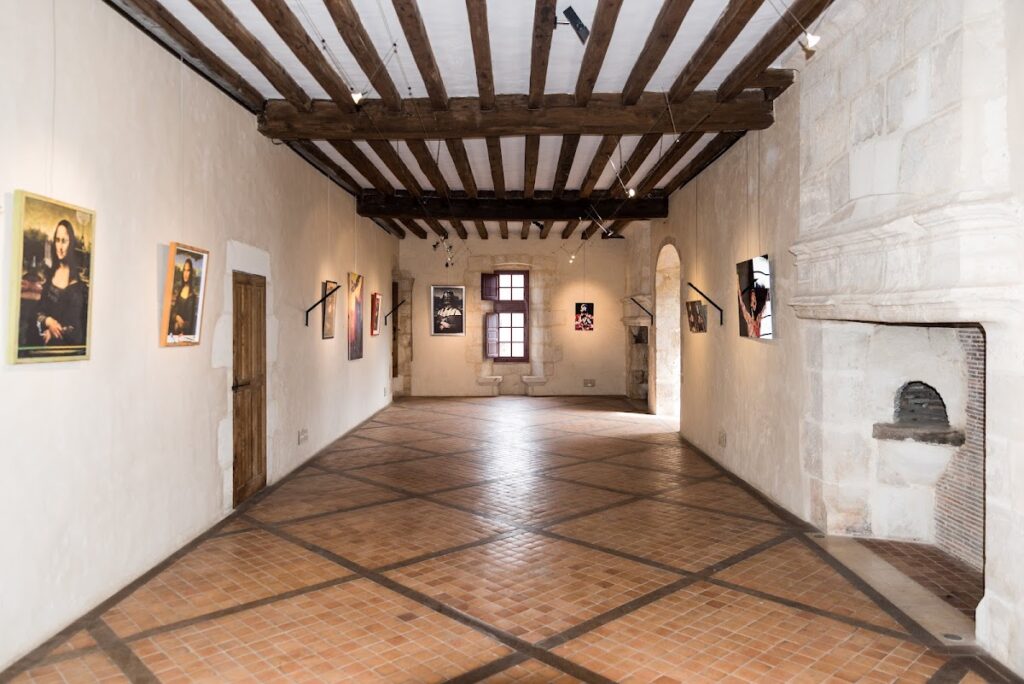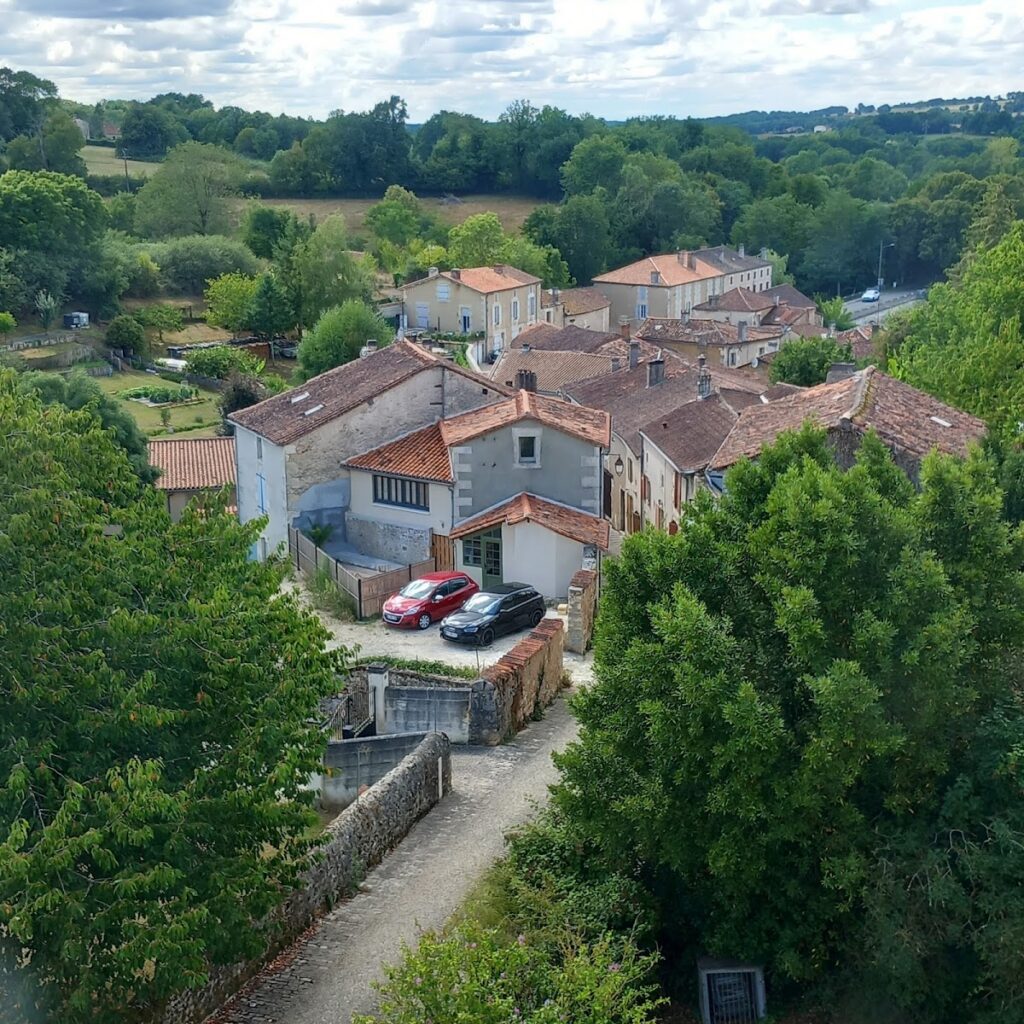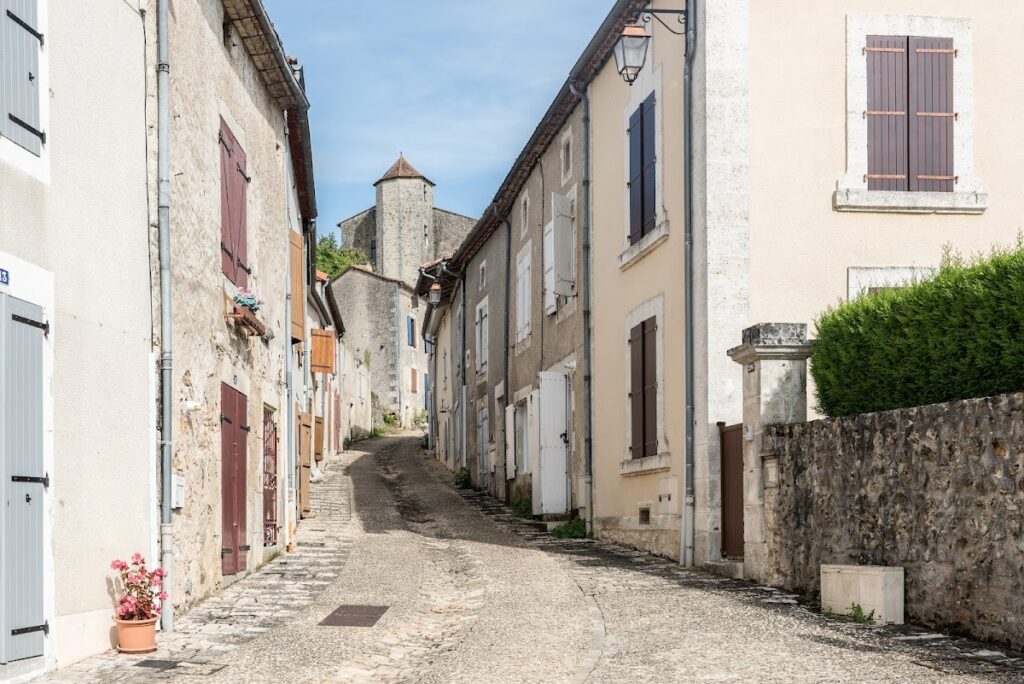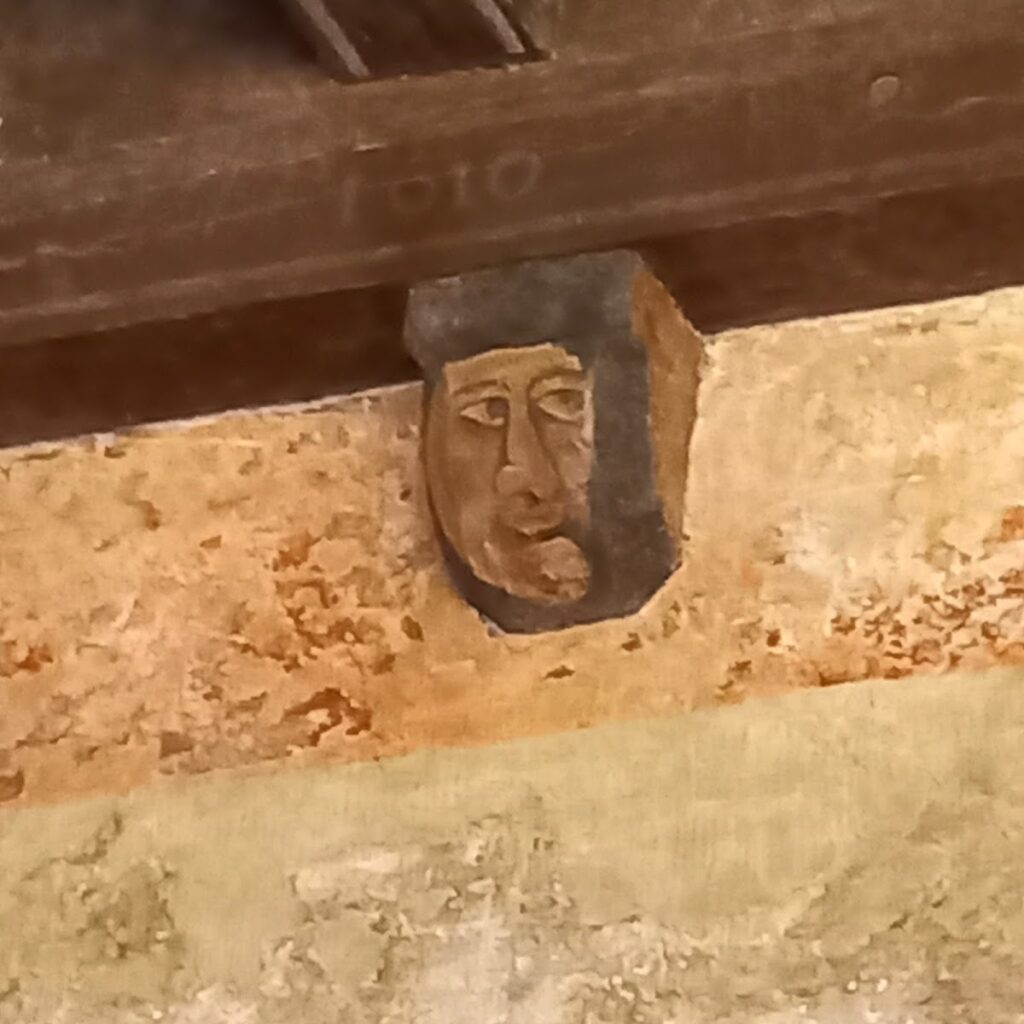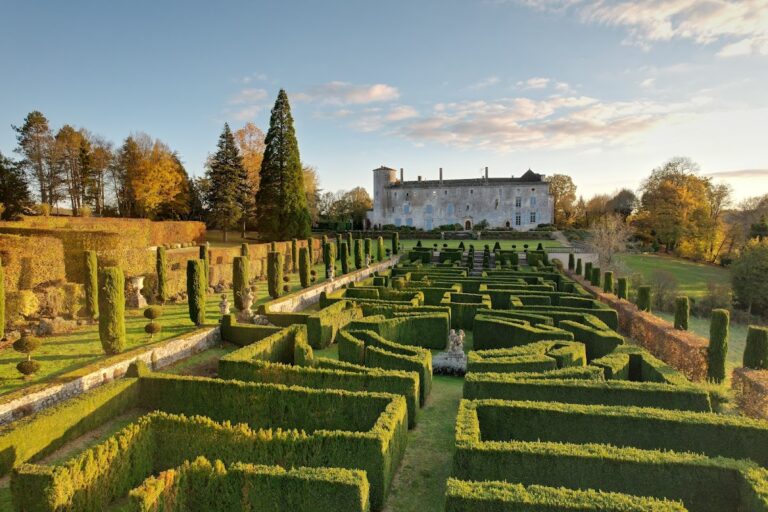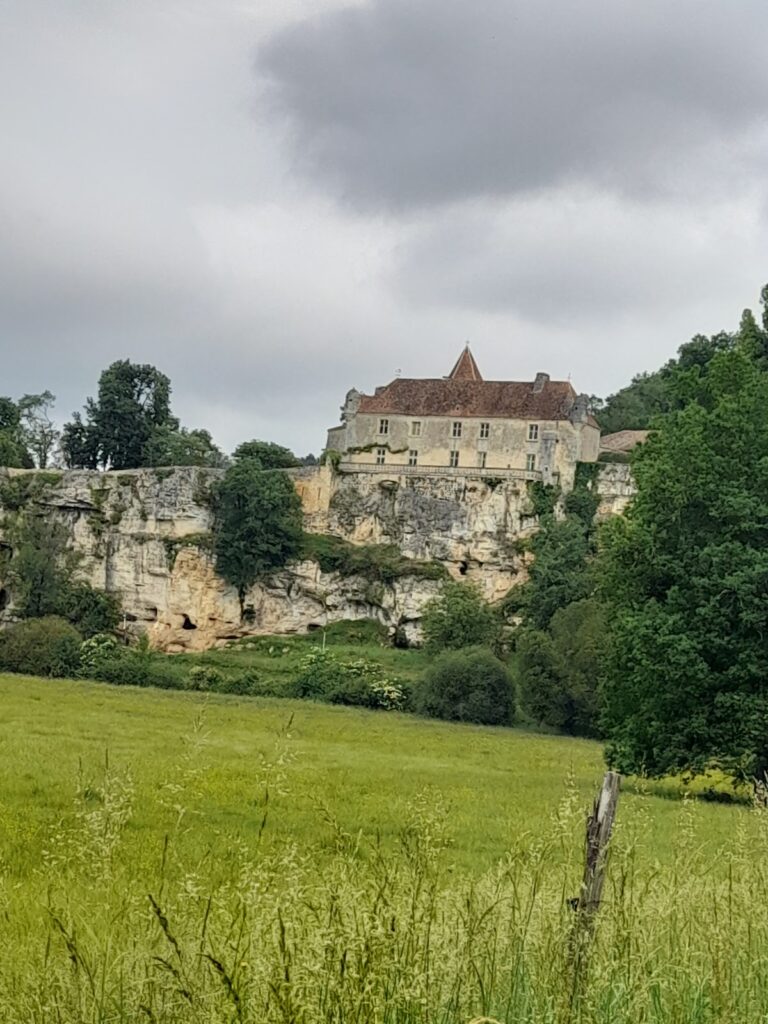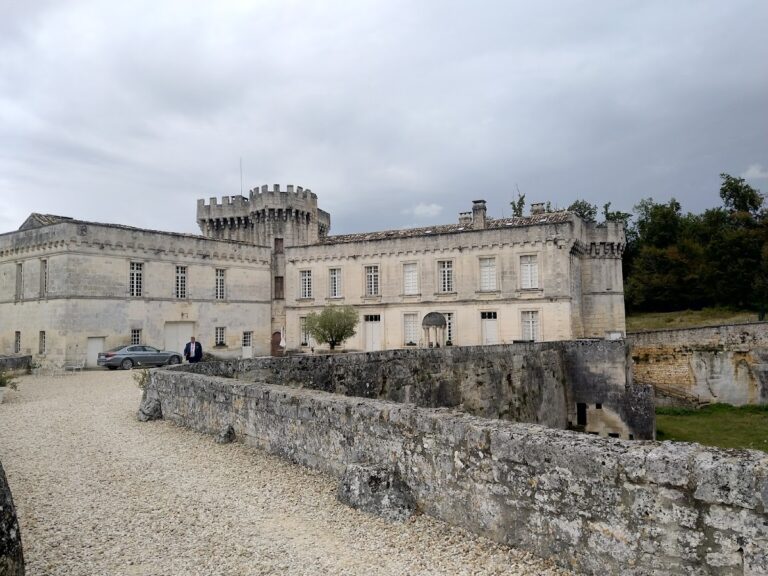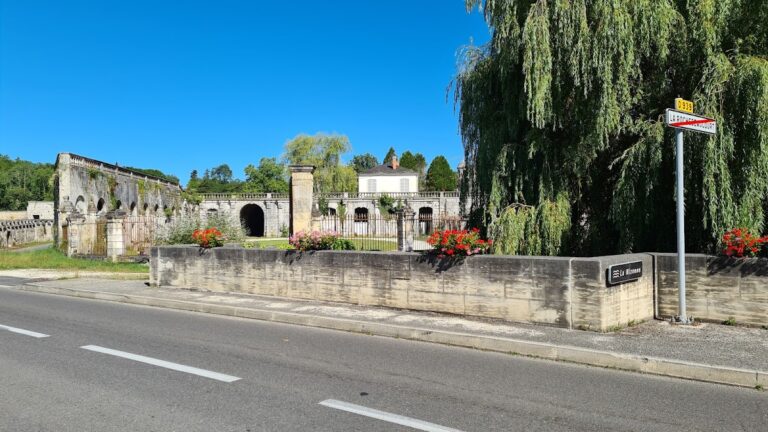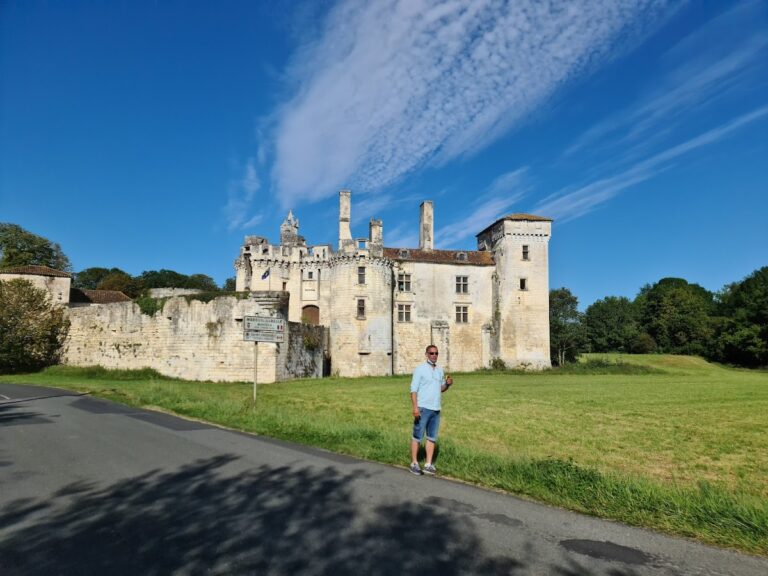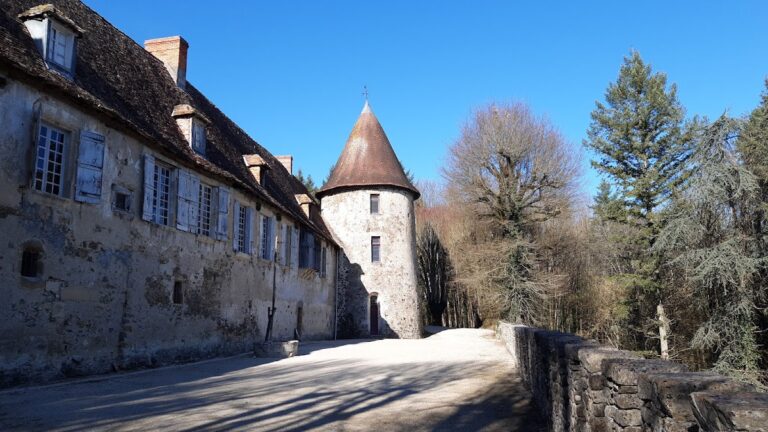Château de Montbron: A Medieval Castle in Montbron, France
Visitor Information
Google Rating: 4.1
Popularity: Very Low
Google Maps: View on Google Maps
Country: France
Civilization: Unclassified
Remains: Military
History
The Château de Montbron, located in the town of Montbron in modern-day France, originated in the early medieval period and was constructed by the local Frankish civilization. The castle’s existence is confirmed by a diploma issued by Charles the Bald in 852, ensuring its establishment well before the 12th century. Its name finds roots in the Latin phrase “Mons Berulphi,” reflecting the area’s early medieval heritage.
During the 15th century, the castle experienced a dramatic change when King Charles VII ordered the deliberate destruction of the original fortress, including its straightforward rectangular keep. This act of demolition served as a sign of royal displeasure. Following this event, Marguerite de Rohan, Countess of Angoulême and wife of John, Count of Angoulême, undertook the castle’s reconstruction. Portions of the rebuilt structure survive today, notably a keep built in the Romanesque architectural style, which was characterized by robust stone construction and rounded arches.
Ownership of the château shifted multiple times through the centuries. In 1558, Jacquette de Montberon, the last heiress of the primary Montberon lineage, married André de Bourdeille, transferring the lordship into his family. Subsequently, the estate passed to Louise de Savoie, Countess of Angoulême and the mother of King François I, linking the castle to one of France’s royal families. By 1624, the heirs of Henri de Luxembourg sold Montbron and its county to the Loménie family, who maintained control over the property, as well as the neighboring county of Brienne, until the end of the 17th century.
At the close of the 17th century, the château was acquired by Étienne Chérade, with his grandson, Adrien-Alexandre-Étienne Chérade de Montbron, receiving the formal title of count through royal letters patent in 1766. However, this ownership was disrupted during the French Revolution, which resulted in the loss of the property by the Chérade family. Through its complex history, the Château de Montbron reveals connections to significant noble families and reflects the turbulent political landscape of medieval and early modern France.
Remains
Today, the Château de Montbron is represented primarily by a single polygonal turret, a remnant of its original defensive structure. This turret once formed part of the castle’s fortifications, designed to provide wide fields of view and to assist defenders in repelling attackers. The polygonal design allowed for multiple angles of defense. Historical illustrations portray the main building as having a roof with a single slope, emphasizing its straightforward medieval construction approach.
In the 17th century, notable alterations were made to the keep. Rectangular windows were inserted into its thick stone walls, reflecting changes in architectural style and possibly a shift from purely defensive needs toward more residential comfort. Within the interior of the first floor, two chimneys adorned with painted decorations survive, dating from the same period. These chimneys have been recognized for their cultural value and granted protection as historic monuments since 1985, preserving an element of the castle’s artistic heritage.
Although much of the château has succumbed to time and historical upheaval, these surviving architectural features offer tangible links to its medieval origins and later adaptations. Their preservation allows insight into the castle’s evolution from a military fortress to a noble residence over several centuries.
